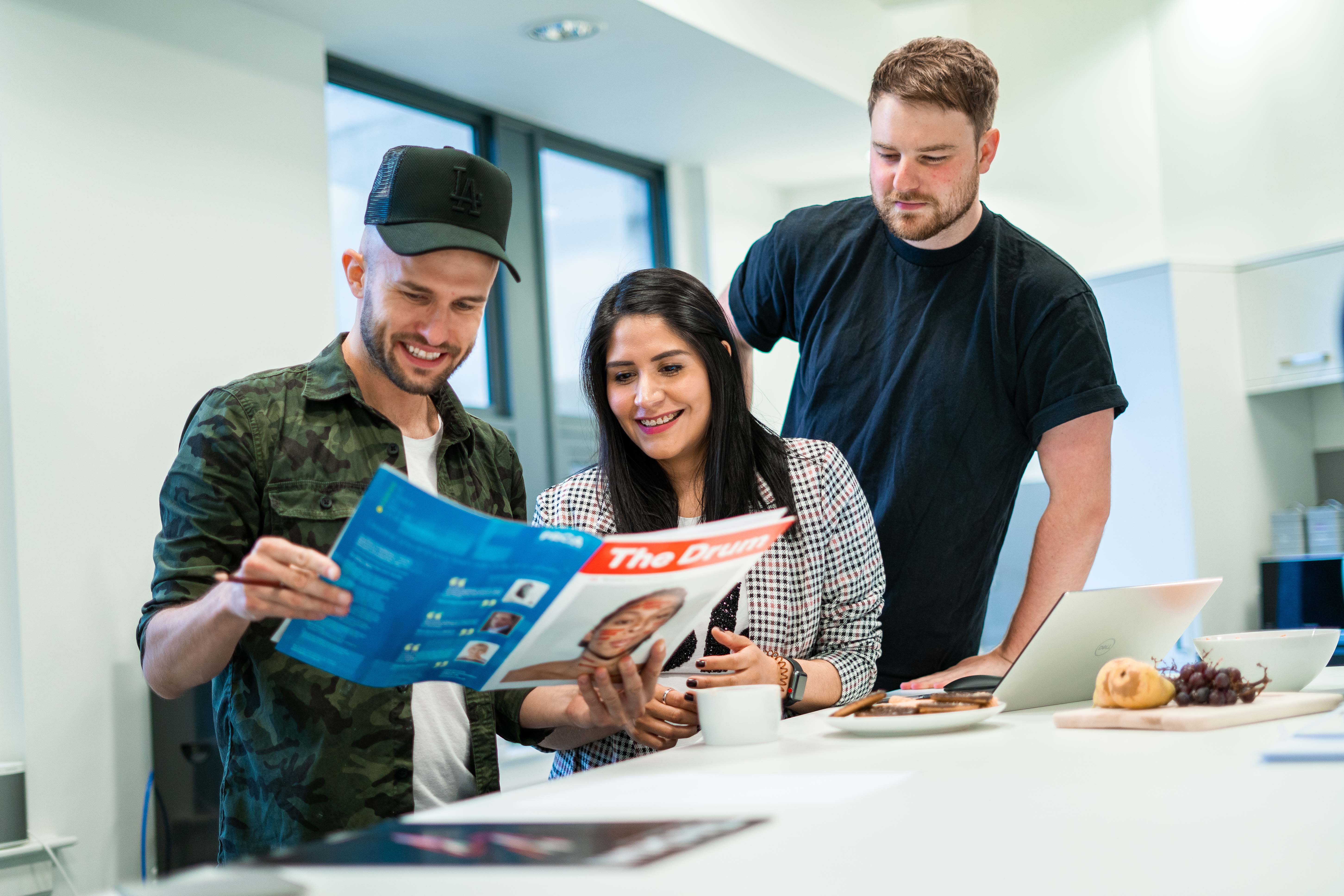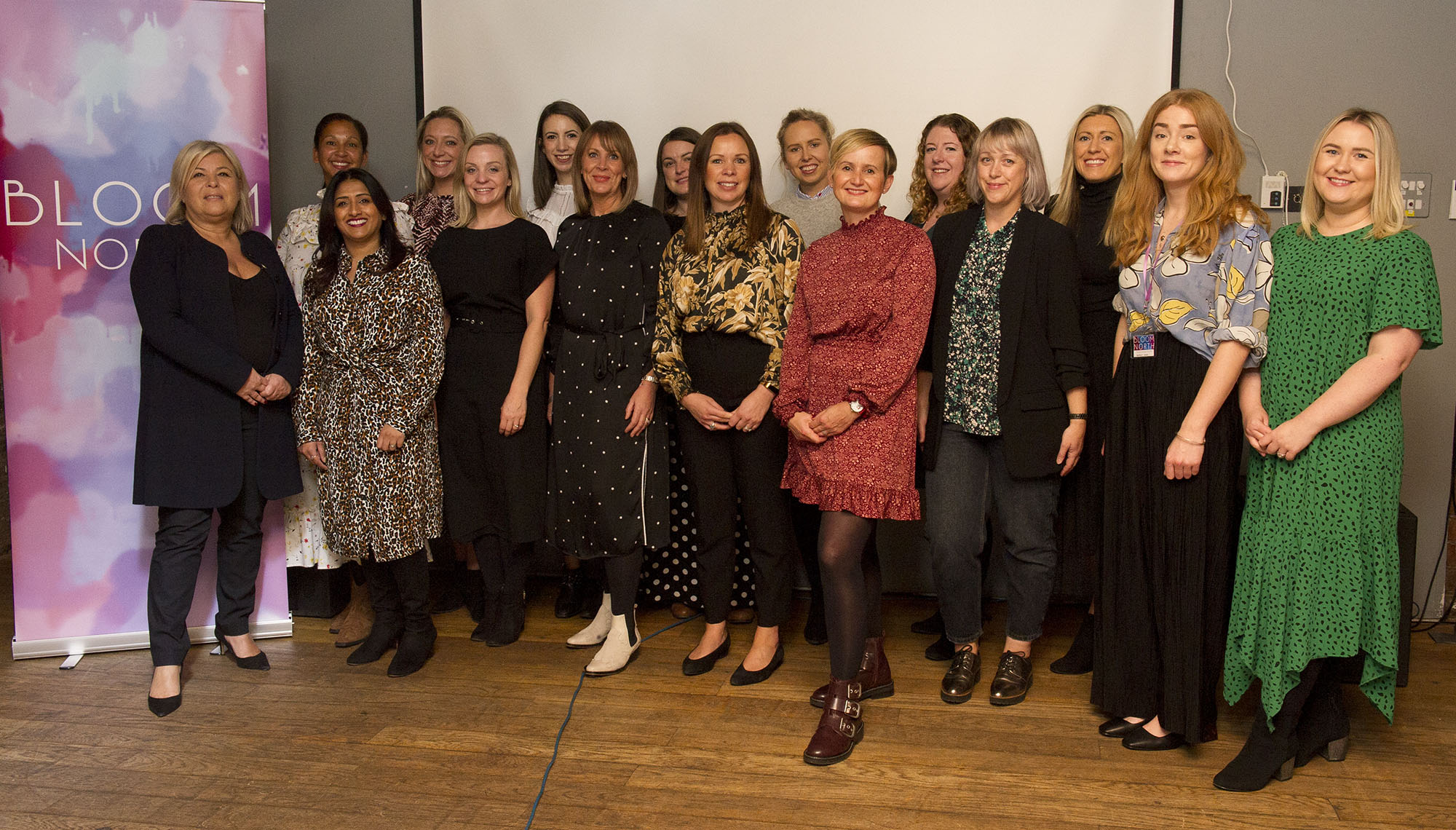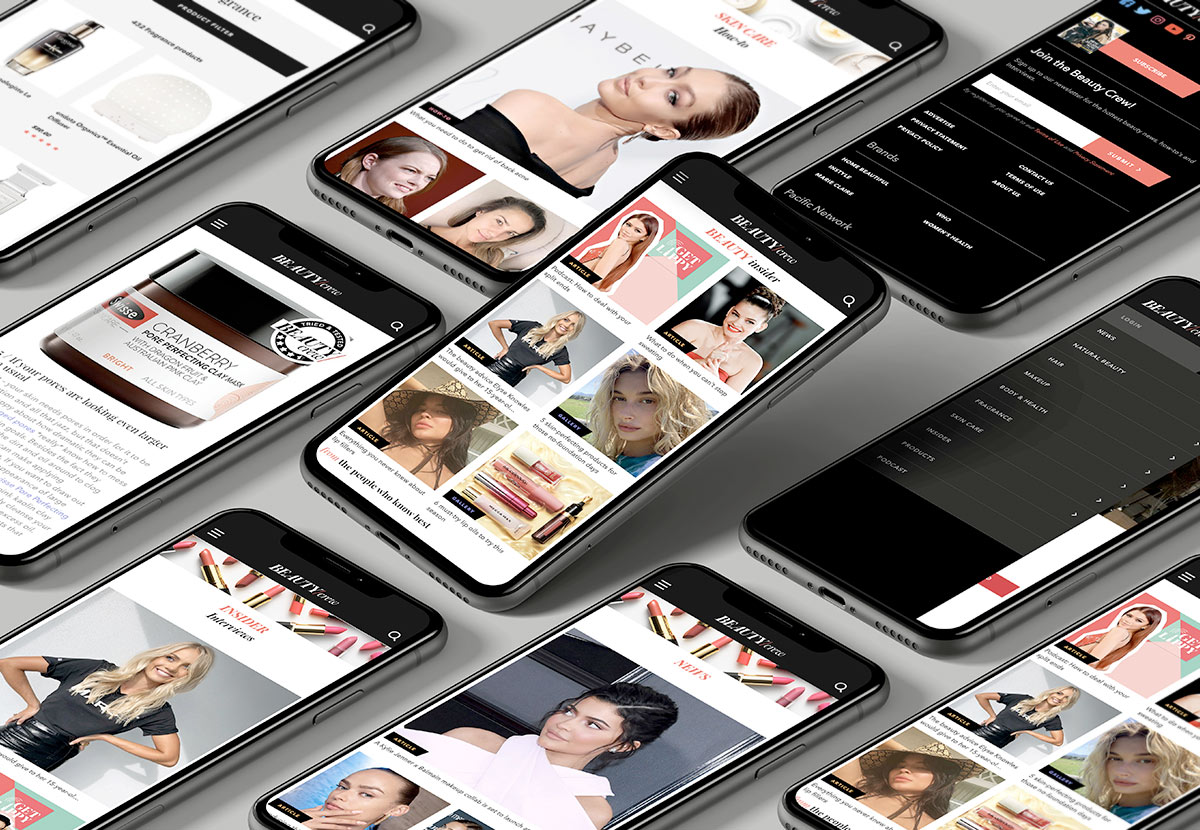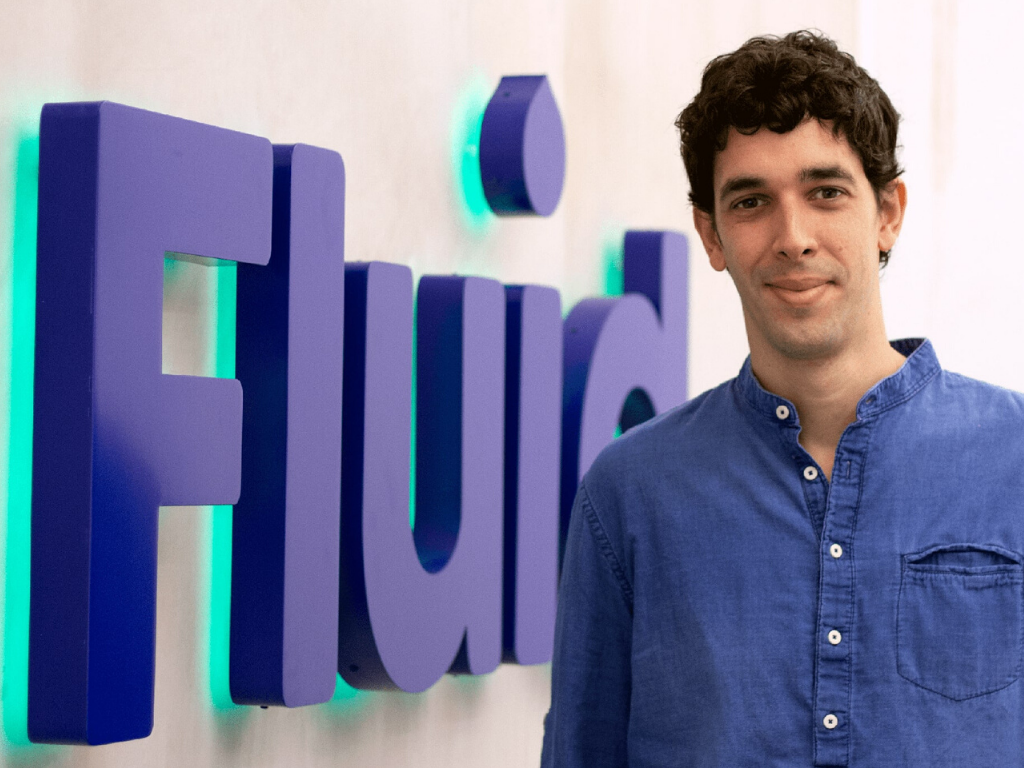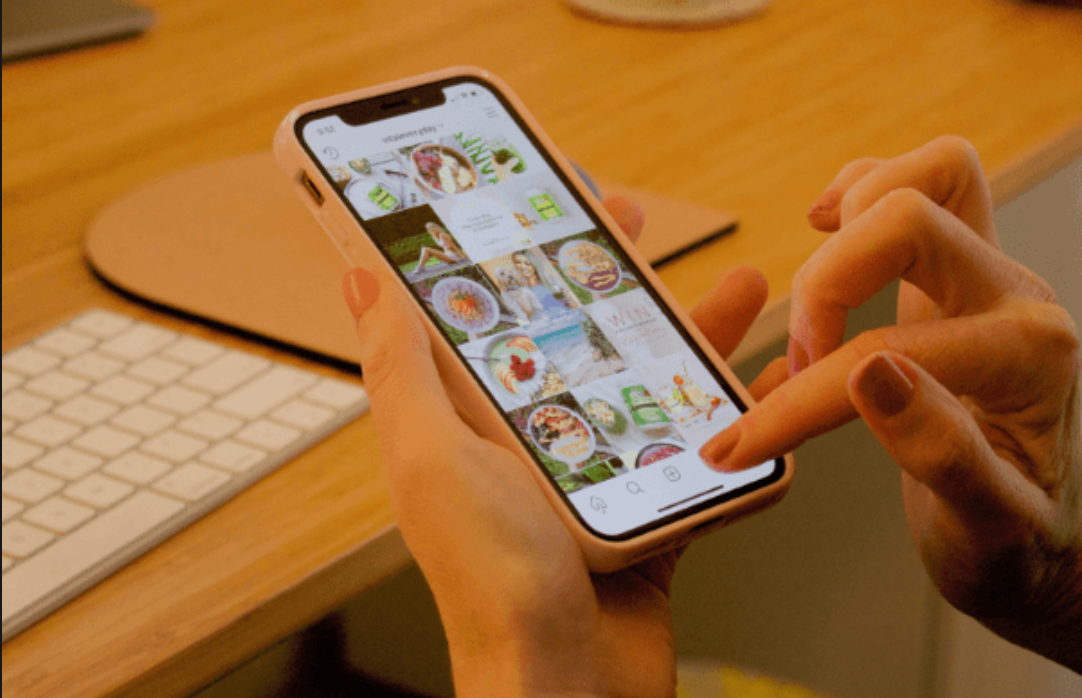
If you thought collaborating with social media creators was limited to the odd sponsored post or story, we’re here to rock your world. So what is it? Well, influencer whitelisting refers to creators granting brands permission to use their handle, content, and audience targeting to their advantage.
This allows brands to work with influencers they believe create content for a similar audience, on a deeper level. Ultimately, the aim is to connect with an audience that is already as receptive as possible to social recommendations, shown in their following of said influencer.
The process of influencer whitelisting involves the creator giving the brand access to their social media ad accounts, strengthening the ties between the two.
 Influencer sponsorships are about to go beyond simple ad posts like this one.
Influencer sponsorships are about to go beyond simple ad posts like this one.
Benefits for Brands
Targeting ?
Influencer whitelisting gives you direct access to an already engaged audience. If you pick your influencer well, this audience is also specifically interested in the product or service you sell. To an extent, this takes the guessing game out of audience targeting. The creator has already done the hard work for you.
Dark Posting ?
Dark posts are paid ads, so do not show up on an influencer’s feed but are linked to their account. Think of them like regular Facebook and Instagram ads, only from the account of an influencer, lending them more of an organic feel. Despite the organic feel, they benefit from the targeting ability of paid ads, boosting reach beyond the creator’s follower base. Brands are therefore able to access the benefits of both organic and paid content. Two birds with one stone.
Insight and Learning ?
Influencer whitelisting results are easily measured. Brands are able to compare and contrast this approach with others across social channels, as well as the success of different influencers. This allows for efficient future planning, ensuring that marketing investment is placed in the right areas.
More For Less ?
Why risk spending big bucks attempting to create compelling, original content from scratch, when influencers already have the formula on lock? With an already engaged and well-understood audience at their fingertips, whitelisted influencers offer increased paid results with decreased ad spend.
Authentic Engagement ?
Followers interact with influencers on a more personal and invested level than they typically do with brands. Whitelisting an influencer opens up the potential for the same level of loyalty and authentic engagement for the brand involved. It may even generate more positive UGC that feeds back into the brand’s marketing strategy.
Benefits For Influencers:
Increased Reach ?
The flip-side of dark posting is that for influencers, a whole new potential to grow their following opens up. The opportunity to appear on the feeds of non-followers is great for their reach. Individual pieces of content have their shelf-life extended by being made into dark posts. Since they don’t sit on the main feed, they fatigue much slower and are shown to a larger audience over a longer period of time. A successful whitelisting campaign is guaranteed to gain an influencer more followers.
Low Effort ?
Whitelisted influencers don’t have to change what they already do for a living. Their only obligation to the brand is to continue creating a similar style of content to standard sponsored posts. The only difference is in where it appears. Many brands will even just recycle old feed posts into dark posts making the influencer’s workload very small.
Reduced Audience Fatigue ?
Dark posting allows the influencer an opportunity to grow their branded content and therefore bring in more income. However, their followers won't be overloaded with #ad posts in-feed, which could result in a drop off of interest.
Growth ?
It goes without saying that for the bigger benefits whitelisting brings brands, influencers can expect higher compensation per campaign. They also stand to strengthen relationships with their favourite brand and gain greater insight into their audience’s preferences thanks to the added data analytics. Regardless of whether they are a micro-influencer or big-time creator, influencer whitelisting offers a chance to earn more money, expand reach, drive results and increase personal brand awareness.
Challenges For Brands
With all the benefits that influencer whitelisting offers brands, it’s not without its challenges.
Since whitelisting is a fairly new phenomenon, many influencers are hesitant to commit themselves. It can feel like a big step to hand over content and access to a brand and requires a huge leap of faith. Whitelisting is likely to only really take off between influencers who already have a long-standing advertising relationship with the relevant brand.
Once a brand has an influencer’s interest, the next step is to ensure an exhaustive official contract to prevent violation of copyright laws and establish clear rules of engagement. This will help to foster a sustainable and ongoing relationship and minimise conflict or confusion.
 Standard sponsored posts and reposts are pretty low-risk for influencers. Granting access to their ad accounts is a little more invasive.
Standard sponsored posts and reposts are pretty low-risk for influencers. Granting access to their ad accounts is a little more invasive.
Challenges For Influencers
Currently, many influencers are hesitant to grant brands the level of control involved in influencer whitelisting. Social posts count as personal property, so the agreement to whitelist would relinquish some of these rights. The specificity of influencer whitelisting contracts may therefore require a lot of ironing out to define exactly which posts the brand has the right to use.
Influencers thrive on their personal brand, which they spend a lot of time and money curating to attract and maintain a loyal following. They may be wary to guard their autonomy when it comes to whitelisting relationships.
Influencers may also be hesitant to potentially damage relationships they already have with other brands by committing so strongly.
Best Practices
Build Trust ?
Influencers may be more open to whitelisting if the other party is a brand they already have an established history of sponsorships with. Set clear guidelines and remain dependable for advice and guidance.
Communicate ?
Give clear information and communicate intent ahead of time. Insist on discussing specifics rather than being vague about intent and potential issues.
Contract ✍️
Putting everything in writing protects both parties from property rights disagreements.
Track and Share Results ?
Establish goals for your influencer whitelisting campaign. Keep the creator in the loop about these goals and the progress being made, such as through ROAS, engagement, and resulting UGC, if relevant.
Why Does it Work?
To put it bluntly, Matter survey reveals that approximately 82% of consumers find influencers more helpful and trustworthy than brands. Influencer whitelisting, therefore, lends brands this sense of authenticity.
While still in its infancy and struggling over a few stumbling blocks, there’s no reason that influencer whitelisting won’t become the norm over the next few years. With experience, both brands and influencers will be able to navigate these more committed relationships into smooth and trusting partnerships
Want help with your paid social or Google ads? We’ve got the know-how! Drop us a line on our contact page to arrange a convo and get the full down-low.
